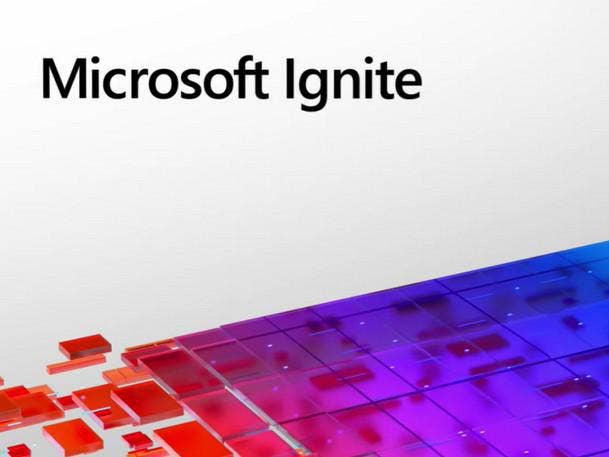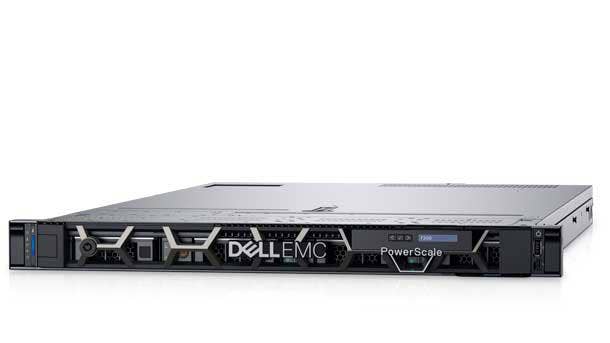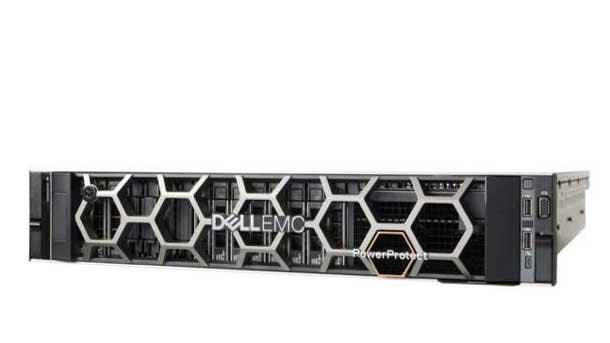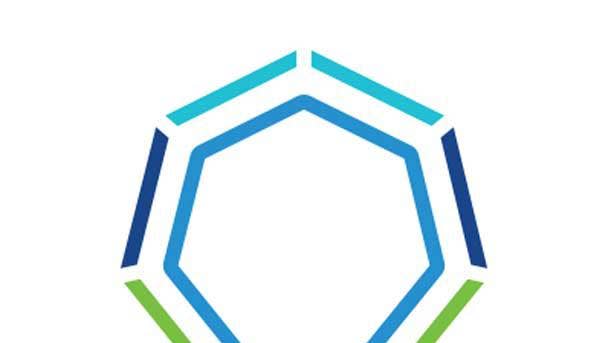4 New Dell And VMware Products From Microsoft Ignite
From VMware SD-WAN integration with Microsoft Azure to new disaster recovery capabilities for Dell’s PowerScale storage, here are four new offerings launched at Microsoft Ignite.

New Dell And VMware Offerings
See the latest coverage: Microsoft Ignite 2022: 16 Partner Program Changes Announced Before The Conference
Dell Technologies and VMware at Microsoft Ignite 2021 took the wraps off several new offerings around SD-WAN, storage, Kubernetes and multi-cloud solutions for Microsoft Azure.
The Redmond, Wash.-based software behemoth held its annual and highly anticipated Microsoft Ignite conference digitally this month with some major announcements around Microsoft Azure, Microsoft Teams and its Power Platform. However, many vendors including Dell and VMware unveiled their own new offerings during Microsoft Ignite, including some new integration with the public cloud standout.
Dell Technologies owns a majority stake in VMware, while the two companies also have some of the tightest joint technology offerings and go-to-market strategies in the industry.
CRN breaks down the four biggest VMware and Dell launches during Microsoft Ignite 2021.

VMware SD-WAN With Microsoft Azure
At Microsoft Ignite, VMware launched the integration of VMware SD-WAN into the Azure Virtual WAN Hub. The new offering natively integrates Azure Virtual WAN’s customizable routing intelligence with the optimized last-mile connectivity of VMware’s SD-WAN, enabling enterprises to select and deploy SD-WAN directly from the Azure marketplace.
“This eliminates the need for building templates and reduces complexity when connecting SD-WAN Edges to Azure,” said Sanjay Uppal (pictured), senior vice president and general manager of VMware’s SD-WAN and SASE business, in a statement. “Customers can simply consume VMware SD-WAN Edges deployed and maintained by Microsoft/VMware in Virtual WAN Hubs, as a managed service.”
The new offering enables VMware SD-WAN customers to link resources using the security, networking and routing services in Microsoft’s Azure WAN Hub. The hub provides optimized and automated branch connectivity to Azure services.
“VMware is building powerful solutions that can meet the networking needs of Microsoft customers both now and in the future,” said Uppal.

Disaster Recovery For PowerScale Multi-Cloud
The Dell Technologies Cloud PowerScale for Multi-Cloud offering combines its PowerScale storage platform and native cloud services in Amazon Web Services, Azure, Google Cloud and Oracle Cloud to offer customers direct multi-cloud access. The PowerScale for Multi-cloud service allows for a single data repository to be served to multiple clouds.
During Microsoft Ignite, Dell launched new disaster recovery capabilities for PowerScale for Multi-cloud thanks to the new integration with Superna Eyeglass DR Manager, which allows customers to replicate data from their data centers to a cloud-adjacent Faction-powered data center.
“PowerScale customers looking for a full cloud-enabled disaster recovery solution can now take advantage of Superna Eyeglass DR Manager for replication orchestration and metadata management,” said Joe CaraDonna, CTO of public cloud and Apex offerings at Dell Technologies, in a statement. “With the hosted software from Superna, users can protect themselves from disaster with confidence and enable continuous business operations by leveraging the cloud instead of incurring the cost and complexity of a dedicated secondary disaster recovery site.”
The feature set enables one-button failover, flexible SyncIQ scheduling, continuous readiness monitoring, disaster recovery testing, data loss exposure analysis and reporting. Applications can be recovered to the cloud-adjacent data center or in the customer’s public cloud of choice.

New Capabilities In Dell Technologies Cloud PowerProtect for Multi-Cloud
The Dell Technologies Cloud PowerProtect for Multi-Cloud is a fully managed service to efficiently protect customers’ data and applications across public clouds in a single destination via a low-latency connection. The offering protects businesses from ransomware, insider attacks and various other cyberthreats.
At Microsoft Ignite, Dell added new capabilities to PowerProtect for Multi-Cloud by combining it with the security of its Dell EMC PowerProtect Cyber Recovery offering.
“Customers benefit from a both physical and logical isolation of their critical data—an air-gapped and secure Cyber Recovery vault in a cloud-adjacent data center,” said Dell’s CaraDonna. “Data integrity is further ensured through enterprise-grade features like data immutability and our CyberSense intelligent analytics, which enables data recovery with the confidence that it is free from malware or other compromise.”
If a cyberattack occurs, customers’ data can be recovered from the vault back to their data center or cloud such as AWS, Azure, Google Cloud and Oracle Cloud.

VMware Tanzu Kubernetes With Azure Arc
VMware unveiled the certification of VMware Tanzu Kubernetes Grid with Azure Arc in a move to help enterprises realize the full potential of Kubernetes.
VMware’s Tanzu Kubernetes Grid packages open-source technologies and automation tooling to help companies get up and running quickly with a scalable, multicluster Kubernetes environment. Microsoft’s Azure Arc aims to simplify governance and management by delivering a consistent multi-cloud and on-premises management platform.
Faced with the demands of enabling remote workforces and delivering new digital experiences, modern applications that can run on any cloud are now a business imperative, according to VMware’s Gregory Lehrer, vice president of strategic technology partnerships.
“VMware believes Kubernetes will become the dial tone for modern applications. This can only be achieved through a thriving ecosystem that promotes interoperability,” said Lehrer. “By certifying Tanzu Kubernetes Grid with Azure Arc, we’re teaming with Microsoft to help enterprises achieve the full potential of Kubernetes through a consistent experience.”